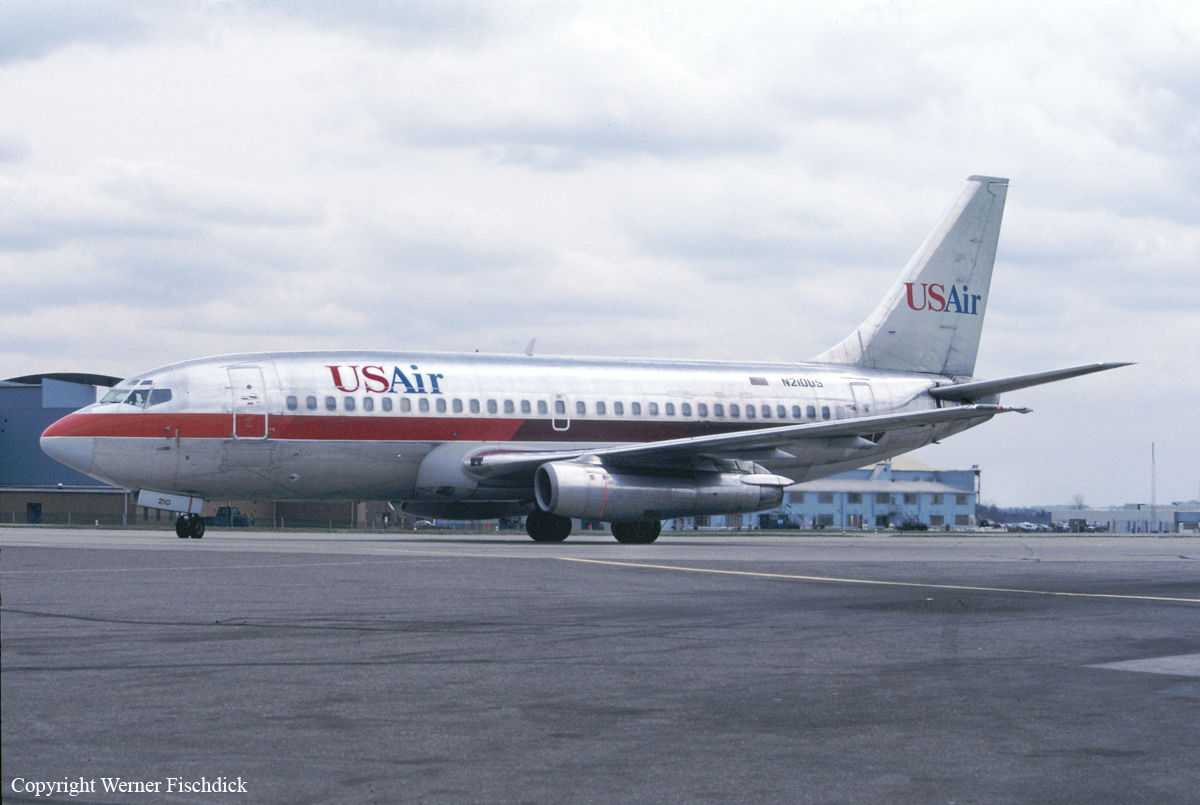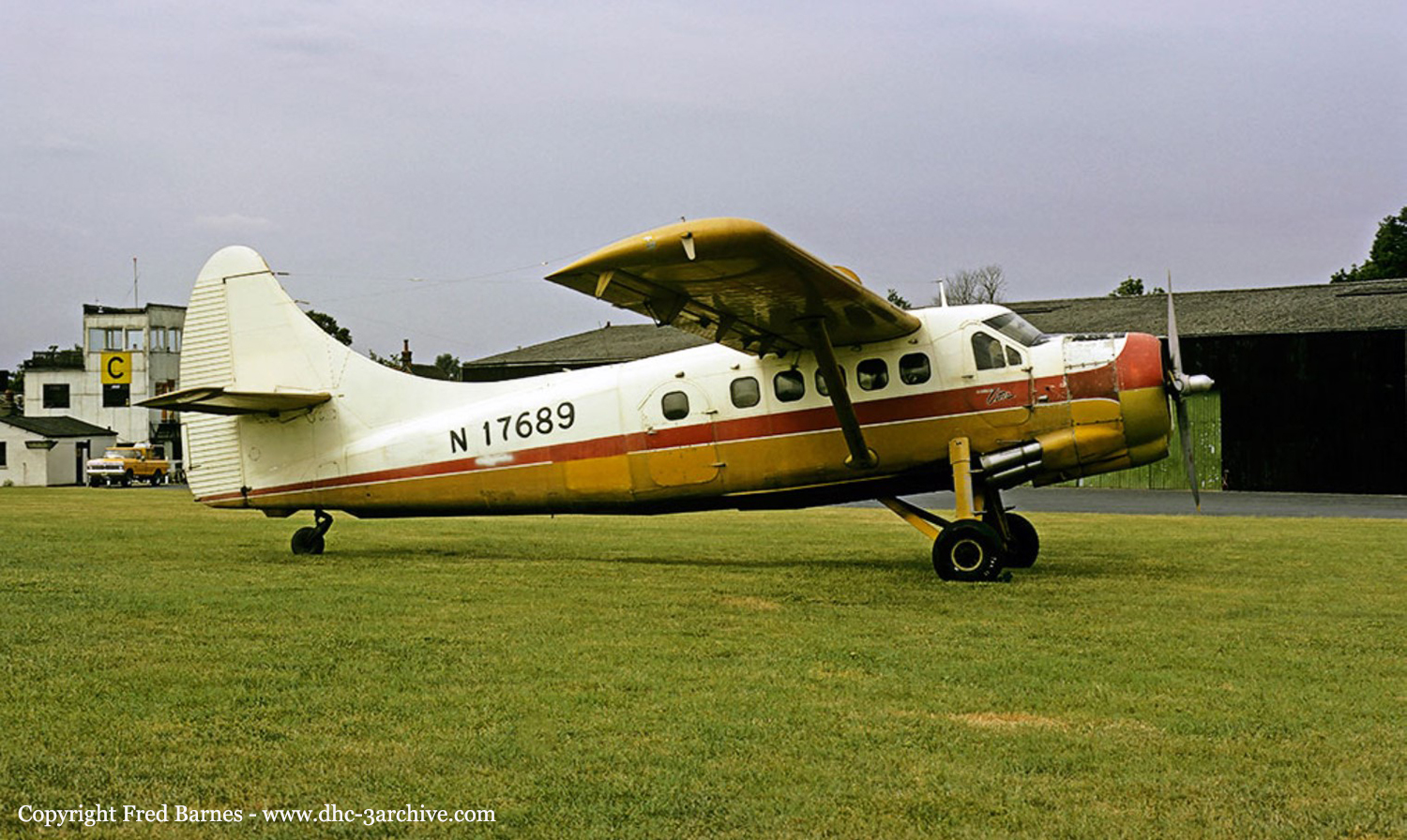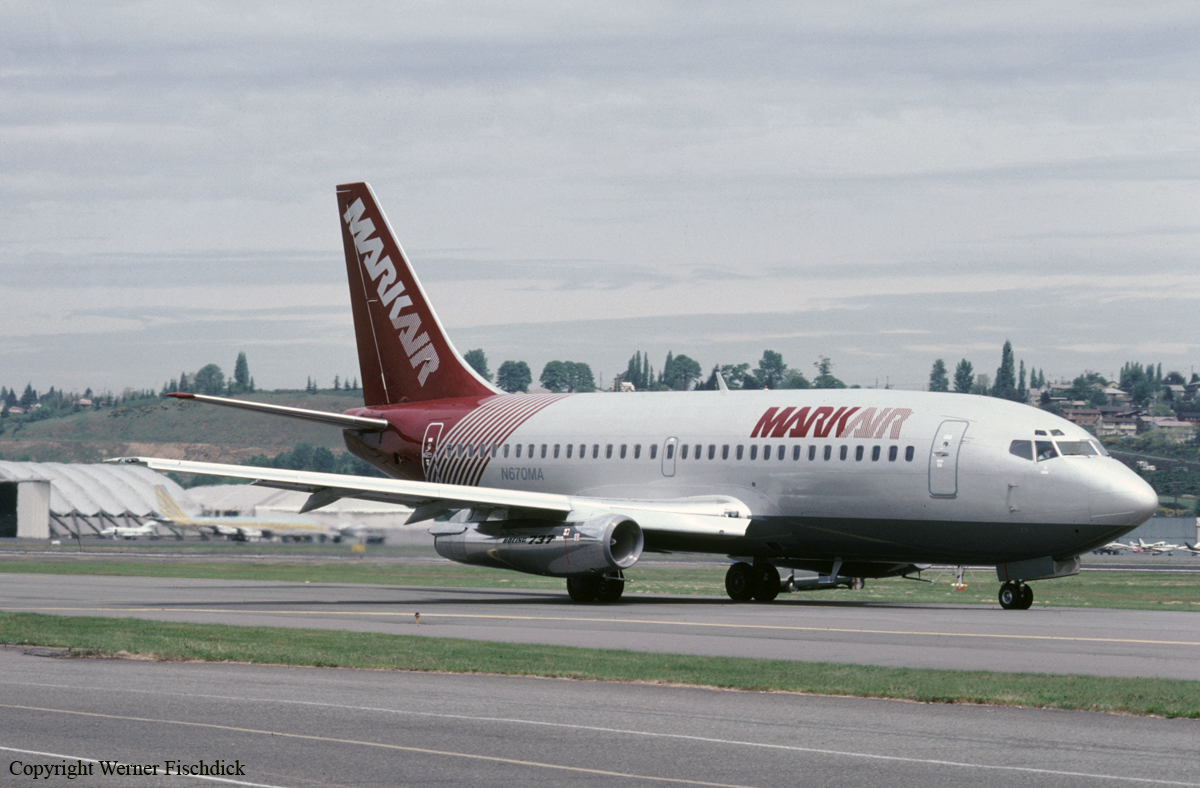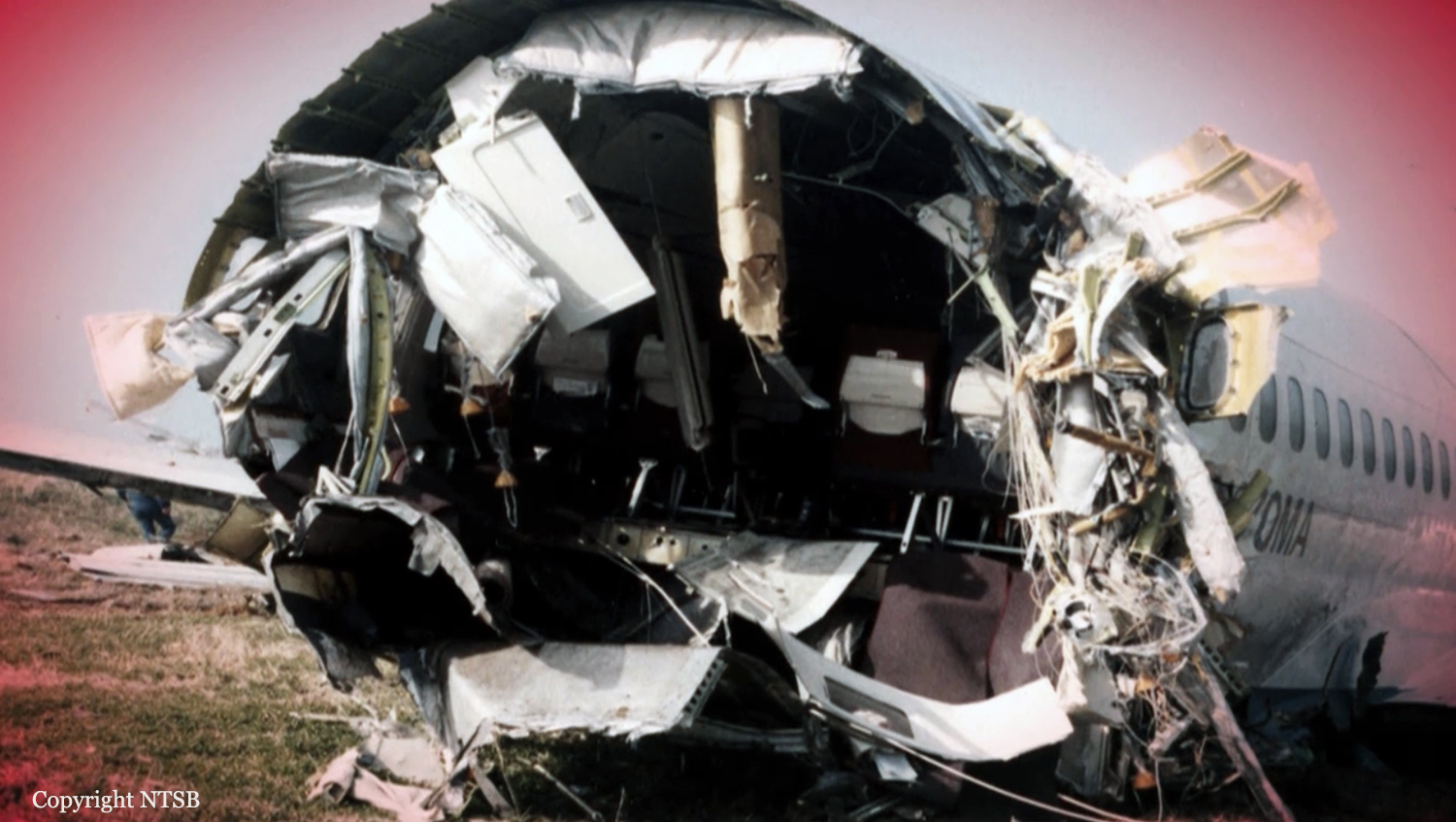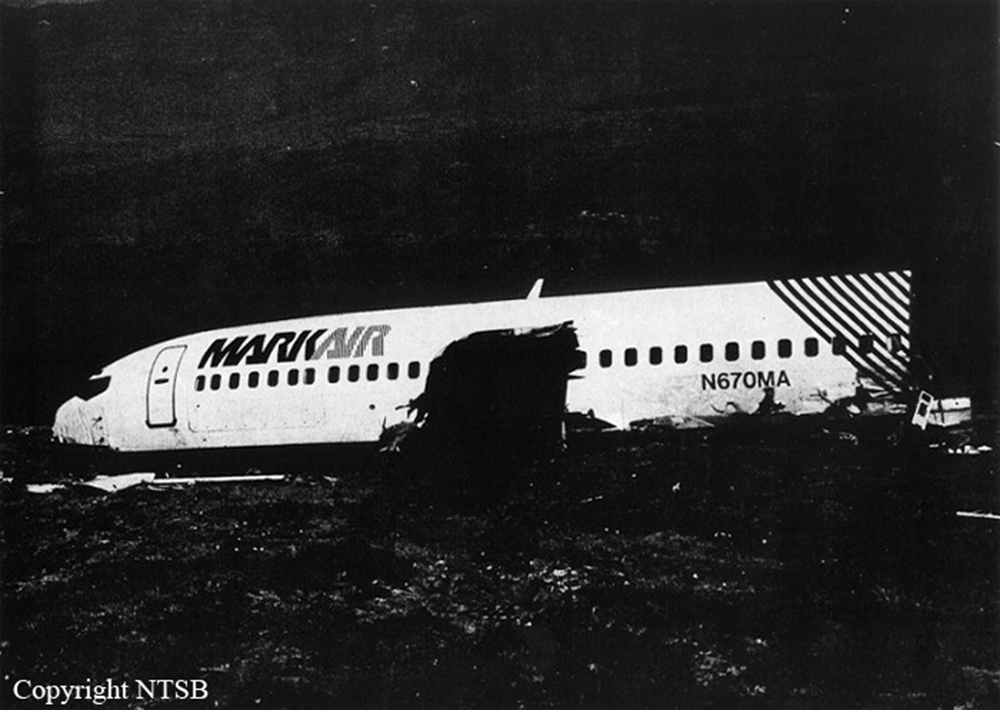Crash of a Piper PA-60 Aerostar (Ted Smith 600) in Plymouth: 1 killed
Date & Time:
Jul 23, 1990 at 0934 LT
Registration:
N8060J
Survivors:
No
Schedule:
Detroit – Jackson
MSN:
60-0543-175
YOM:
1978
Crew on board:
1
Crew fatalities:
Pax on board:
0
Pax fatalities:
Other fatalities:
Total fatalities:
1
Captain / Total hours on type:
2000.00
Circumstances:
A Piper PA-28, N55354, had departed Plymouth, MI and was climbing from 1,300 feet msl on a course of about 282° with a ground speed of 80 knots. At about the same time, a Piper PA-60, N8060J, was cruising at 2,100 feet msl on a flight from Detroit to Jackson, MI, on a course of about 258° with a ground speed of 165 knots. Subsequently, the 2 aircraft converged and collided at 2,100 feet msl. Both aircraft then plunged to the ground and crashed. Radar data and wreckage exam revealed the PA-60 had converged from the right rear of the PA-28; the PA-28 converged on the PA-60 from its lower, left, forward area. The PA-28 was on an instrument training flight with a rated private pilot and an instructor pilot (cfi) aboard. The investigation did not reveal which seat the cfi was occupying. No flight plan had been filed for either flight, nor was there any indication that either flight crew had obtained ATC/radar assistance. The pilot, sole on board, was killed.
Probable cause:
Inadequate visual lookout by the pilot of the PA-60. A factor related to the accident was that neither of the flight crews had obtained ATC/radar assistance.
Final Report:



